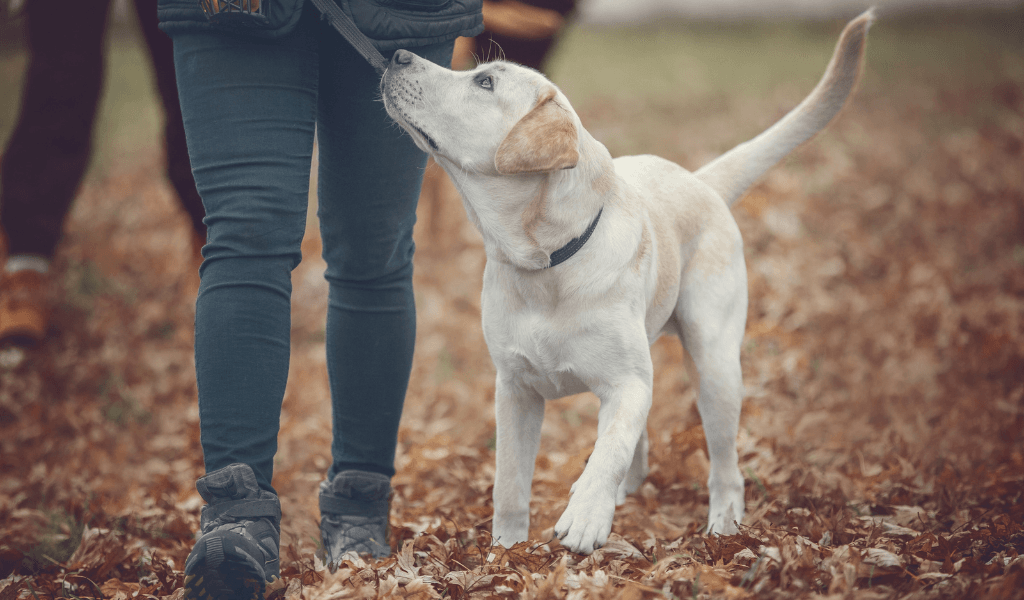Training
How to Train a Gun Dog with a Whistle: Commands, Techniques & Best Whistles
Training a gun dog with a whistle is one of the most effective ways to ensure clear, long-distance communication in the field.
Unlike voice commands, whistle signals cut through wind, cover, and distance, making them essential for retrievers, pointers, and spaniels.
In this guide, you’ll learn:
✅ The most common gun dog whistle commands
✅ How to choose the best whistle (Goygar Vanguard vs Acme vs. Roy Gonia, pealess vs. pea)
✅ Step-by-step training techniques for beginners
✅ Common mistakes to avoid
Why Use a Whistle for Gun Dog Training?
Before diving into commands, let’s cover why whistles outperform voice commands:
✔ Consistency – A whistle tone never changes, unlike human voice variations.
✔ Long-Range Control – Works at 100+ yards, even in thick cover or over water.
✔ Minimal Distraction – Unlike shouting, whistles don’t spook game.
✔ Universal Commands – Most gun dog trainers use the same signals, making it easier for pros to handle your dog.
Essential Whistle Commands for Gun Dogs
1. The “Sit” Command (Single Sharp Blast – “TWEET!”)
- Use: Stops your dog immediately, whether they’re running, retrieving, or chasing.
- Training Steps:
- Start with your dog on a lead.
- Blow the whistle once while saying “Sit.”
- Reward when they obey.
- Gradually phase out the verbal cue.
2. The “Recall” Command (Rapid Repeated Blasts – “TWEET-TWEET-TWEET!”)
- Use: Calls your dog back to you, especially in emergencies.
- Training Steps:
- Start in a controlled area.
- Blow 3-5 quick bursts while stepping backward.
- Reward when they return.
- Increase distance over time.
3. The “Turn” Command (Two Short Blasts – “TWEET-TWEET!”)
- Use: Redirects your dog in the field (e.g., during blind retrieves).
- Training Steps:
- Walk your dog on a long lead.
- Blow two short blasts while gently guiding them left or right.
- Reward correct turns.
(Pro Tip: Record yourself practicing whistle tones and compare them to online audio examples for accuracy.)
Best Whistles for Gun Dogs
Not all whistles are created equal. Here’s what to look for:
1. Goygar Vanguard Range 210.5
- Pros: Pealess whistle ( won’t freeze) , consistent tone, loud enough for most conditions, sturdy and value for money
- Cons: None
2. Acme 210.5
- Pros: Pealess (won’t freeze), consistent tone, loud enough for big fields.
- Cons: Higher cost than some prefer.
3. Roy Gonia Special (Best for Duck Hunters)
- Pros: Deep, penetrating tone that carries over water.
- Cons: Contains a pea (can freeze in cold weather).
4. Fox 40 CMG (Budget Pick)
- Pros: Pealess, compact, and ultra-durable.
- Cons: Not as traditional-sounding.
Pealess vs. Pea Whistles?
- Pealess (e.g., Goygar Vanguard) – More reliable in wet/cold conditions.
- Pea (e.g., Roy Gonia) – Deeper tone but can jam.
Common Whistle Training Mistakes
🚫 Inconsistent Blowing – Varying the length or force of blasts confuses dogs.
🚫 Overusing the Whistle – Dogs can become “deaf” to constant noise.
🚫 Skipping Conditioning – Always pair whistles with rewards at first.
🚫 Wrong Whistle Choice – High-pitched whistles can hurt sensitive ears.
Final Tips for Success
✔ Start training in a quiet environment before moving to the field.
✔ Use a long lead for safety during early recall drills.
✔ Pair whistle commands with hand signals for advanced control.
Want a Free Cheat Sheet? [Download our Gun Dog Whistle Commands PDF] for quick reference in the field!
Now It’s Your Turn
Grab a whistle, practice your tones, and start reinforcing commands in short sessions. Within weeks, your dog will respond faster and more reliably—even at a distance.

